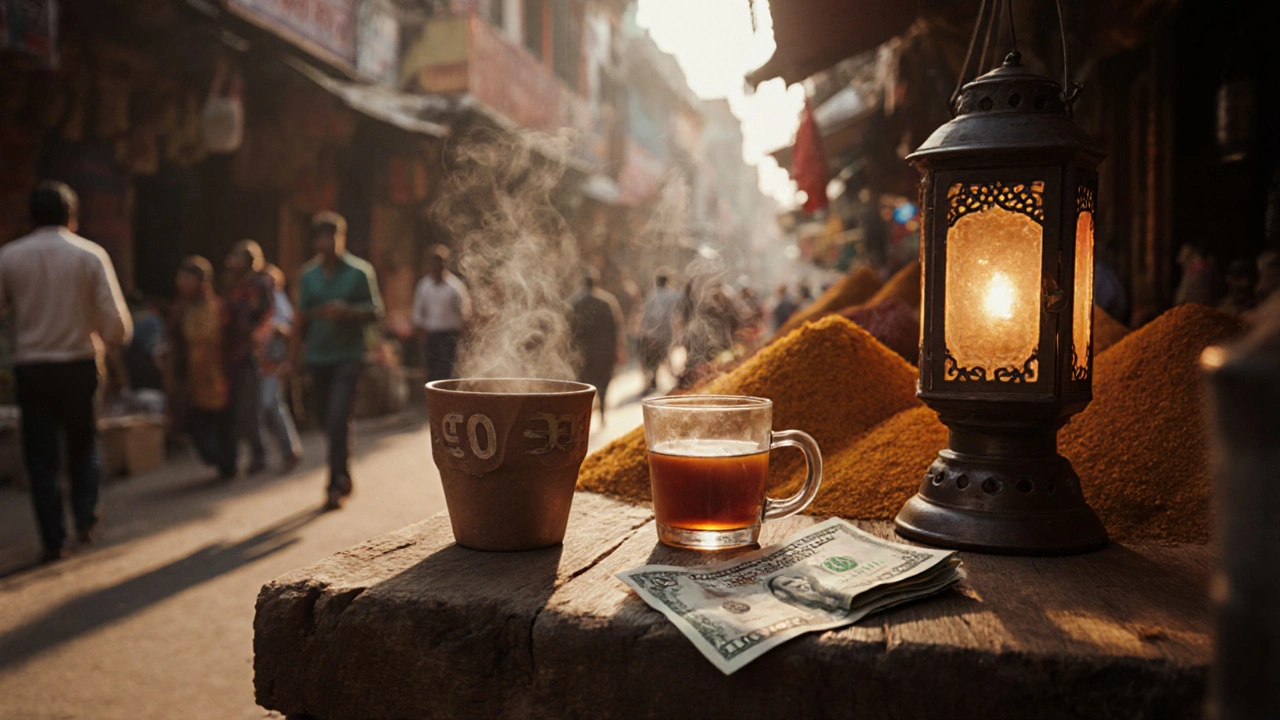SEARCH
Cost of Living in India: What You Need to Know
When planning a stay or a trip, cost of living India refers to the total amount you’ll spend on daily needs, housing, transport, food, and leisure while living in the country. Also known as Indian living expenses, it directly shapes the travel budget the money plan you create before setting foot in India and determines how much cash in India physical rupee you’ll need for small purchases, transport, and emergencies. Understanding these three pieces helps you avoid hidden fees and stay comfortable without overspending.
Key Factors That Shape Your Budget
First, accommodation costs vary wildly: a hostel in Delhi might be under 500 ₹ per night, while a boutique hotel in Kerala can exceed 5,000 ₹. That difference influences the overall cost of living India figure and forces a trade‑off between comfort and cash flow. Second, food expenses are a mix of street‑side chaats (around 50 ₹) and fine‑dining experiences (over 1,500 ₹ per meal). Knowing where you eat each day lets you control the biggest variable in your travel expenses. Third, transport—local buses, auto‑rickshaws, or rail journeys—adds another layer; a short metro ride costs about 30 ₹, while a long‑distance train can run a few thousand rupees.
Another major driver is seasonality. Tourist hotspots like Jaipur and Goa spike in price during peak months, pushing the cost of living up by 20‑30 %. Conversely, off‑season travel lets you negotiate lower rates for hotels and tours, effectively reducing your overall expense profile. The same rule applies to cash usage: during festivals, many vendors prefer cash, so having enough rupees on hand helps you snag discounts and avoids the extra ATM fees some banks charge abroad.
When you combine these elements—housing, food, transport, and seasonal demand—you get a clear picture of what your daily budget looks like. For example, a 7‑day trip that balances budget hotels (3,000 ₹ total), street food (1,500 ₹), and regional trains (2,000 ₹) will likely stay under 10,000 ₹, fitting comfortably into most traveler’s cost of living expectations. Adding occasional cash‑only experiences, like a local market visit, requires an extra 2,000 ₹ cushion, which aligns with the cash‑in‑India recommendation to carry enough for at least 48 hours of uncapped spending.
Practical tips to lower the cost of living include using digital payment apps for larger purchases—many merchants accept UPI, which avoids ATM surcharges—and booking accommodation through reputable platforms that offer free cancellation. Also, keep an eye on government‑run transport passes; a weekly metro pass in Mumbai costs roughly 400 ₹ and can save you more than 30 % compared to single‑ticket rides.
For longer stays, consider renting a serviced apartment or sharing a flat. This not only cuts rent but also spreads utility bills across roommates, making the cost of living India more manageable. Many cities have cowork‑space memberships that include pantry access, reducing daily food spend while providing reliable Wi‑Fi for remote work.
Finally, remember that your perception of cost changes with lifestyle choices. If you love adventure sports, budgeting for a skydiving session (around 15,000 ₹) will dominate your expenses, whereas a cultural tour of UNESCO heritage sites may only add a few hundred rupees per entry fee. Aligning your priorities with realistic price points ensures you stay within your travel budget and enjoy the experience fully.
With these insights, you’ll be ready to gauge the real cost of living India for any length of stay. Below, you’ll find curated articles that break down specific budgets, cash‑handling tricks, and cost‑driver analyses to help you fine‑tune your plan and travel smarter.

What $1 Can Actually Buy in India - 2025 Budget Guide
Discover exactly what a US dollar buys in India in 2025-street food, transport, data, and tips to stretch that $1 across the country.
Continue reading